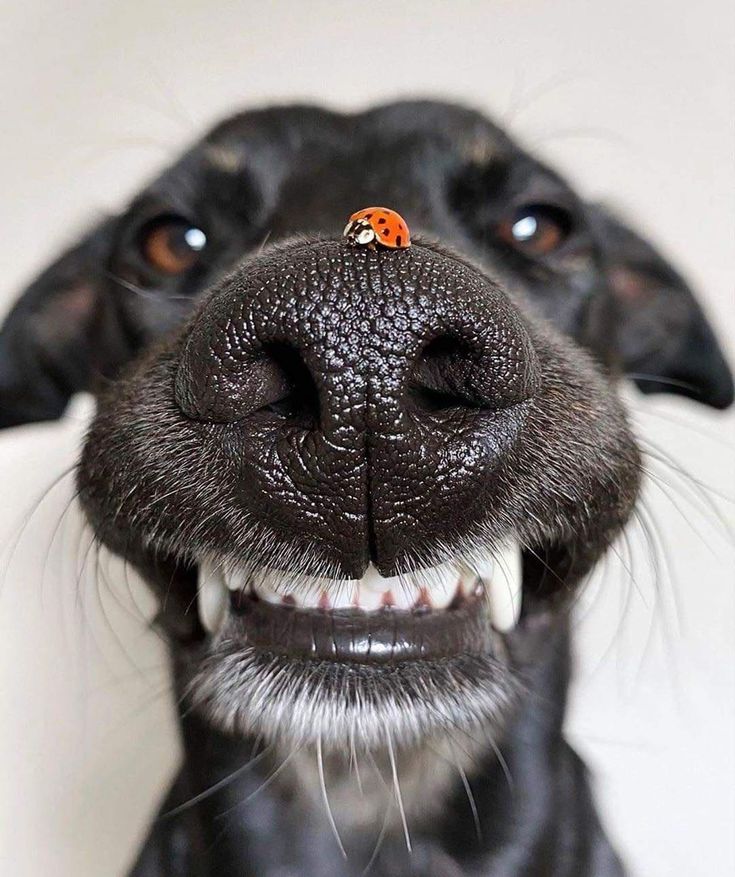From roundy paws to elegantly long toes, dog paws come in all shapes and sizes. But they are far more interesting than you may think, made up of complex nerves, bones and nails.
Some breeds such as Newfoundlands have webbed paws which are useful for swimming and wading through mucky terrain. Others, like the Balinese Kintamani, have extra-flexible toes, allowing them to climb onto rooftops to sunbathe!
You might NOT have a tree or roof-climbing dog but every paw is unique, especially in colour. Some pads are plain black, while others are have a mix of pink, tan or black. Puppies tend to be born with pink pads that change to tan and then usually darken as they grow.
The two main types of pad each do very different jobs. The digital (toe) pads, also known as the Toe-Beans, work as shock absorbers, protecting the bones and joints from damage.
The carpal pads are the rounder pads higher up the foot and they are used to brake! Dogs use these pads to help slow themselves down and they also allow them to navigate slippery, steep slopes.
These pads are hugely important for a dog’s well-being and any injury or damage to them can impact a dog’s ability to walk. A common issue with changing seasons is that the skin on the pads can become easily irritated.
Despite being made up of fairly tough and resilient skin, the pads are quite sensitive to changes in temperature.
In summer, ensure you don’t walk on hot pavement and in winter, avoid any ground that has been treated with salt or other anti ice products as these can cause serious discomfort and even burns to the feet.
Even without the risk of chemicals, heat or salt burns, the skin on the pads can become cracked and dry. It is recommended to moisturise them every week or so. We recommend the Furrish Nose and Paw Balm, which is a brilliant barrier against the elements. It contains shea and cocoa butter, offering protection and moisture to keep paws (and noses!) soft and safe!
Sometimes you may notice on wooden floors or tiles, that as your dog walks, they leave behind pawprints- this is how they sweat, through their pads! This is why it is so important that they are monitored and maintained!
Nails should also be maintained and trimmed frequently. The more they are cut, the faster the quicker will recede, allowing nails to be trimmed back further.
Nails should be trimmed every other week although it does depend on how fast your dog’s nails grow! There are many different ways to maintain nails, ranging from manual metal files, battery powered dremel files, and clippers. Not all dogs will be comfortable with every method so it is important to introduce your dog to the different tools available. Ensure you begin early by playing with and handling your dog’s paws, especially their toes, in order to get them used to them being manipulated in place.
We prefer to use a combination of clippers and metal files, in order to ensure the right amount of nail is removed and to allow us to round off any sharp tips that may remain after clipping. We recommend the Ancol Guillotine Clippers as they have a nail guide for cutting and also a non-slip handle. You can also walk your dog on concrete pavements to smooth the edges of their nails.
If you happen to cut the nail a bit too short and nick the quick, you can always keep a tub of styptic (clotting) powder to hand. Simply pack the powder onto the nail and hold in order to stop any bleeding. Don’t panic! Nail bleeding can look awful but it soon stops!
One final fun fact- some doggie paws can sometimes smell like popcorn or when they sweat!
Try giving your pup’s paws a little sniff on a warm day if you fancy (or not!)
– by Peigí Conneff



